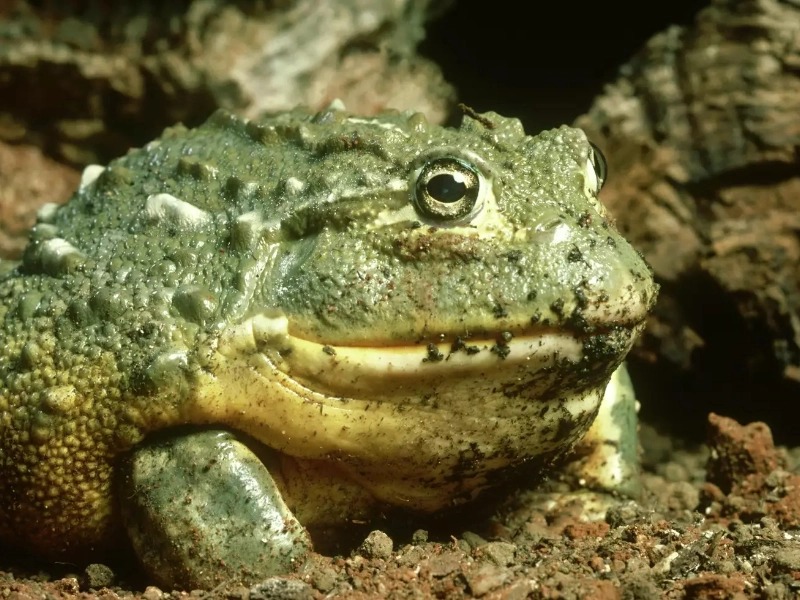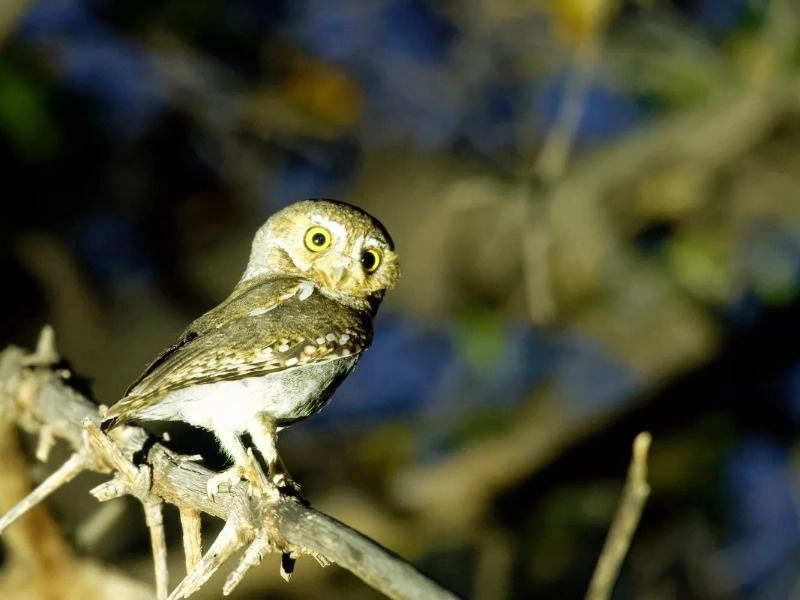
17 Animals Amazingly Adapted to Thrive in Deserts
By • Last Updated14. Elf Owl

The elf owl (Micrathene whitneyi), though small in stature, is a remarkable species that has adapted exceptionally well to the hot, arid conditions of the Sonoran Desert in the southwestern United States and Mexico. Standing at just five inches tall, it is the smallest owl species in the world, yet its diminutive size belies its impressive hunting skills and resilience in desert environments.
One of the elf owl’s most notable adaptations is its ability to thrive in the heat and sand of the desert. As primarily nocturnal hunters, these little owls utilize their exceptional low-light vision to navigate the desert landscape during the cooler evening hours. Their large eyes are specifically adapted for dim conditions, allowing them to accurately spot prey. Their diet mainly consists of insects, scorpions, and small vertebrates, which they locate using their keen hearing and sharp eyesight.
To escape the extreme daytime temperatures, elf owls roost in tree cavities or abandoned saguaro cactus holes, often left behind by woodpeckers. These sheltered spots protect them from the harsh sun and conserve energy until dusk, allowing them to remain close to their hunting grounds while avoiding the intense heat.
Unlike many other owl species, elf owls have adapted to survive in areas with little to no surface water. They obtain the moisture they need primarily from the insects and small animals they consume, making their ability to extract hydration from their diet crucial for survival in the arid desert habitat.
Elf owls are also known for their distinctive vocalizations, which consist of a series of soft hoots and whistles. These calls serve to establish territory and communicate with mates. During the breeding season, males perform courtship displays to showcase their agility and strength in an effort to attract females.
In terms of nesting behavior, elf owls typically lay their eggs in abandoned woodpecker holes or tree cavities. The female incubates the eggs while the male provides food, ensuring she has the energy needed to care for the young. The chicks are born altricial, relying on their parents for nourishment and protection until they are fully developed and able to fledge.
Overall, the elf owl is a fascinating example of adaptability in desert life. Its small size, nocturnal habits, and unique feeding strategies highlight the resilience of this species in one of the harshest environments on Earth. Understanding the special adaptations of elf owls is essential for their conservation and the preservation of the fragile ecosystems they inhabit, especially as climate change and habitat loss continue to impact these areas.